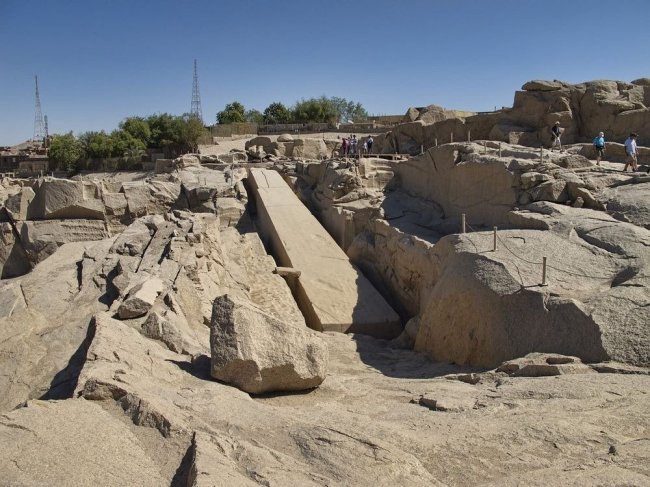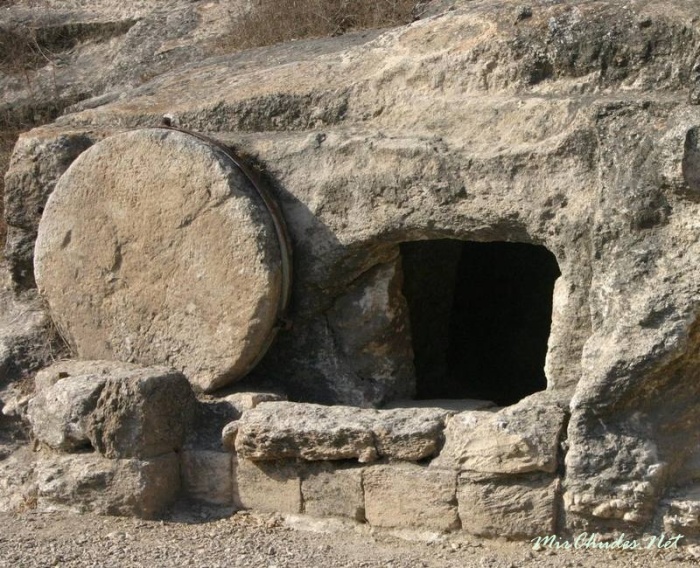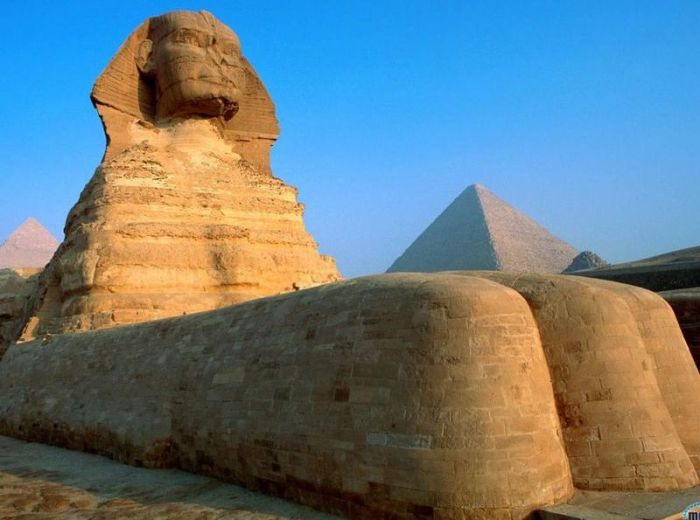Coffins, torpedoes, grave safes and other strange things, with which in the XIX century, struggled with the abduction of corpses
 The beginning of the 1800s in Britain and America was marked by a rapid surge of scientific and medical discoveries. The study of anatomy and surgery has become extremely popular. This led to the terrible practice of trafficking in corpses. Grieving families could no longer bury their departed relatives and be sure that their bodies would rest in peace. Around the cemeteries, late in the evening, people roamed in search of “fresh” graves. Their goal was to remove the corpse from the grave and sell it to the doctors. As a result, people began to invent a variety of ways to protect the graves from vandals.
The beginning of the 1800s in Britain and America was marked by a rapid surge of scientific and medical discoveries. The study of anatomy and surgery has become extremely popular. This led to the terrible practice of trafficking in corpses. Grieving families could no longer bury their departed relatives and be sure that their bodies would rest in peace. Around the cemeteries, late in the evening, people roamed in search of “fresh” graves. Their goal was to remove the corpse from the grave and sell it to the doctors. As a result, people began to invent a variety of ways to protect the graves from vandals.
1. Mortseif – tomb safe in the British Continue reading
The mystery of Mohenjo-Daro – the ideal ancient city, all of whose inhabitants died in a flash
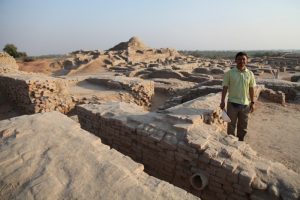 This city in the Indus Valley on the territory of modern Pakistan attracted the attention of scientists in 1922. The walls of baked bricks, the perfect layout of neighborhoods and buildings, the presence of plumbing and sewage said that in ancient times there was something great. Subsequently, it turned out that the city was built around 2600 BC. e., which means that he is a contemporary of the civilizations of ancient Egypt and Mesopotamia. However, according to archaeologists, all its inhabitants died almost instantly. Why?
This city in the Indus Valley on the territory of modern Pakistan attracted the attention of scientists in 1922. The walls of baked bricks, the perfect layout of neighborhoods and buildings, the presence of plumbing and sewage said that in ancient times there was something great. Subsequently, it turned out that the city was built around 2600 BC. e., which means that he is a contemporary of the civilizations of ancient Egypt and Mesopotamia. However, according to archaeologists, all its inhabitants died almost instantly. Why?
There were even plumbing and toilets
The ancient city of researchers gave the name of Mohenjo-Daro, which in some Indo-European languages means “Hill of the Dead.” But the cause of his death has not yet been solved. Continue reading
Primitive thongs, wigging pillow and other ancient things that have survived.
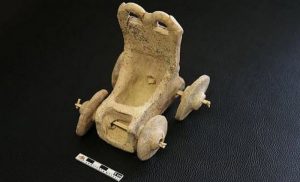 In the daily arsenal of modern man there are a lot of various inventions that make his life much easier. And few people think that many of these things appeared in one form or another several thousand years ago. Of course, they looked somewhat different, but the functions were performed by all the same as today.
In the daily arsenal of modern man there are a lot of various inventions that make his life much easier. And few people think that many of these things appeared in one form or another several thousand years ago. Of course, they looked somewhat different, but the functions were performed by all the same as today.
1. Greenland Fur Thong
The clothes were rather “modest” throughout history. But it turns out that modern thongs have existed for a surprisingly long time, and the Greenland Inuits have been wearing them for several hundred years. “Naatsit” are traditional thongs, but made of … leather and fur, and sewn with whale tendons or yarn of deerskin. They were usually decorated with beads and worn as underwear for both men and women.
2. Sacred Twenty Cube Continue reading
Giant images of the Nazca Valley: Communication with a deity or signals to space ships?
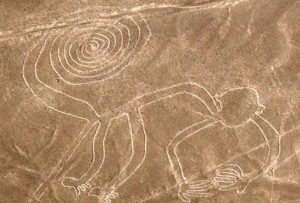 Civilizations left in the past have left riddles to modern man, on the solution of which the best minds of historians and archaeologists are thrown. A number of riddles have an explanation, but some remain a mystery throughout the centuries, which scientists cannot explain. One such mystery was the giant drawings in the Nazca Valley in South America.
Civilizations left in the past have left riddles to modern man, on the solution of which the best minds of historians and archaeologists are thrown. A number of riddles have an explanation, but some remain a mystery throughout the centuries, which scientists cannot explain. One such mystery was the giant drawings in the Nazca Valley in South America.
Geoglyphs
The Nazca Plateau is located in the southern part of Peru and covers an area of approximately 7 kilometers by 50 kilometers. For a long time, local residents paid attention to the lanes stretching along the valley for tens of meters, considering that they were made to help the travelers with orientation. Some of the bands were straight, some had a different form – one way or another, until humanity invented air transport, nobody could look at the patterns entirely. Continue reading
4 intriguing scientific versions of how the ancient Egyptians looked
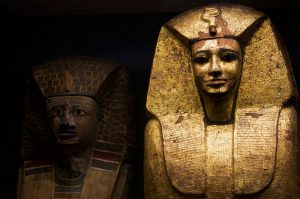 In 2014, Ridley Scott removed his biblical epic “Exodus: Kings and Gods” and accidentally unleashed a rather unexpected conflict. In the film, the ancient Egyptian characters are played by white actors, and this angered those who believe that the Egyptians were dark-skinned. But what did the ancient Egyptians actually look like? Most Egyptologists insist there is no reason to believe that the modern concept of race can be applied to the Egyptians. Nevertheless, there are some historical “clues” about what the Egyptians could look like, although we will immediately make a reservation that these are just versions.
In 2014, Ridley Scott removed his biblical epic “Exodus: Kings and Gods” and accidentally unleashed a rather unexpected conflict. In the film, the ancient Egyptian characters are played by white actors, and this angered those who believe that the Egyptians were dark-skinned. But what did the ancient Egyptians actually look like? Most Egyptologists insist there is no reason to believe that the modern concept of race can be applied to the Egyptians. Nevertheless, there are some historical “clues” about what the Egyptians could look like, although we will immediately make a reservation that these are just versions.
1. Herodotus
The Greek historian Herodotus, who wrote a lot about Egypt around 450 BC, was one of the first to indirectly shed light on the appearance of the ancient Egyptians. Continue reading
